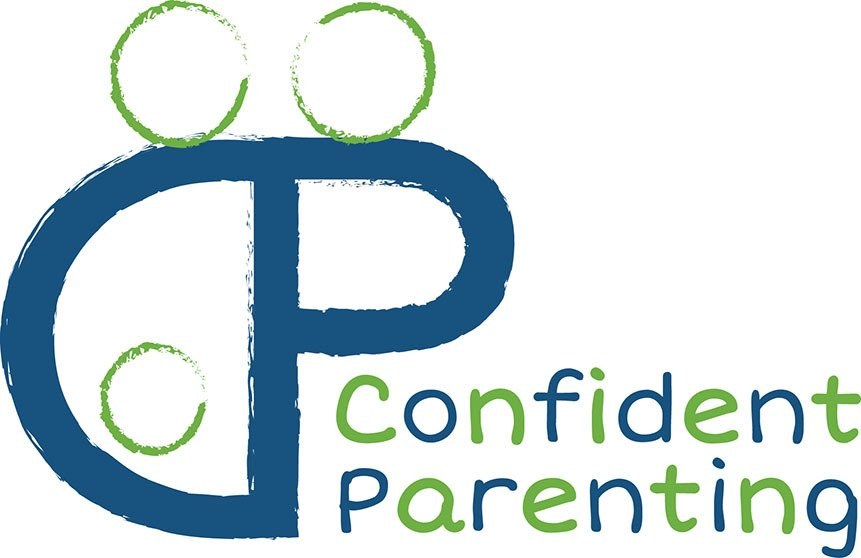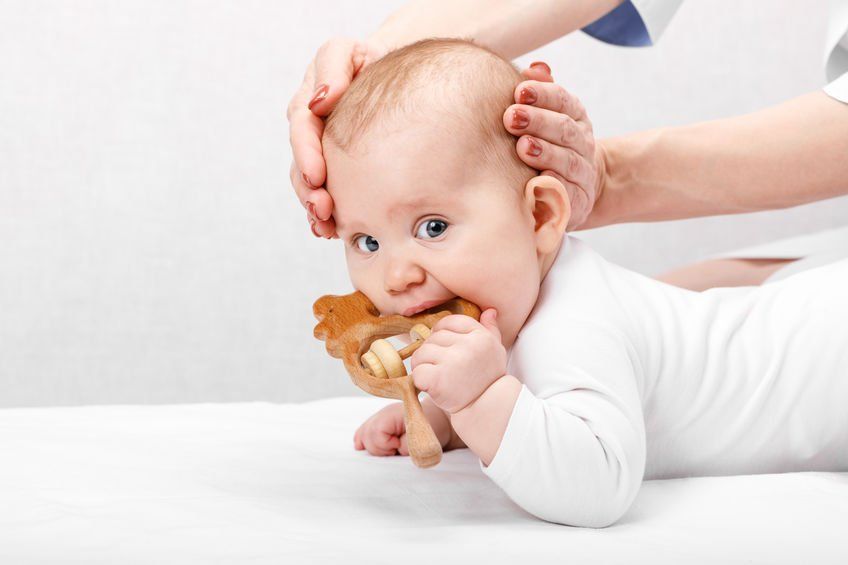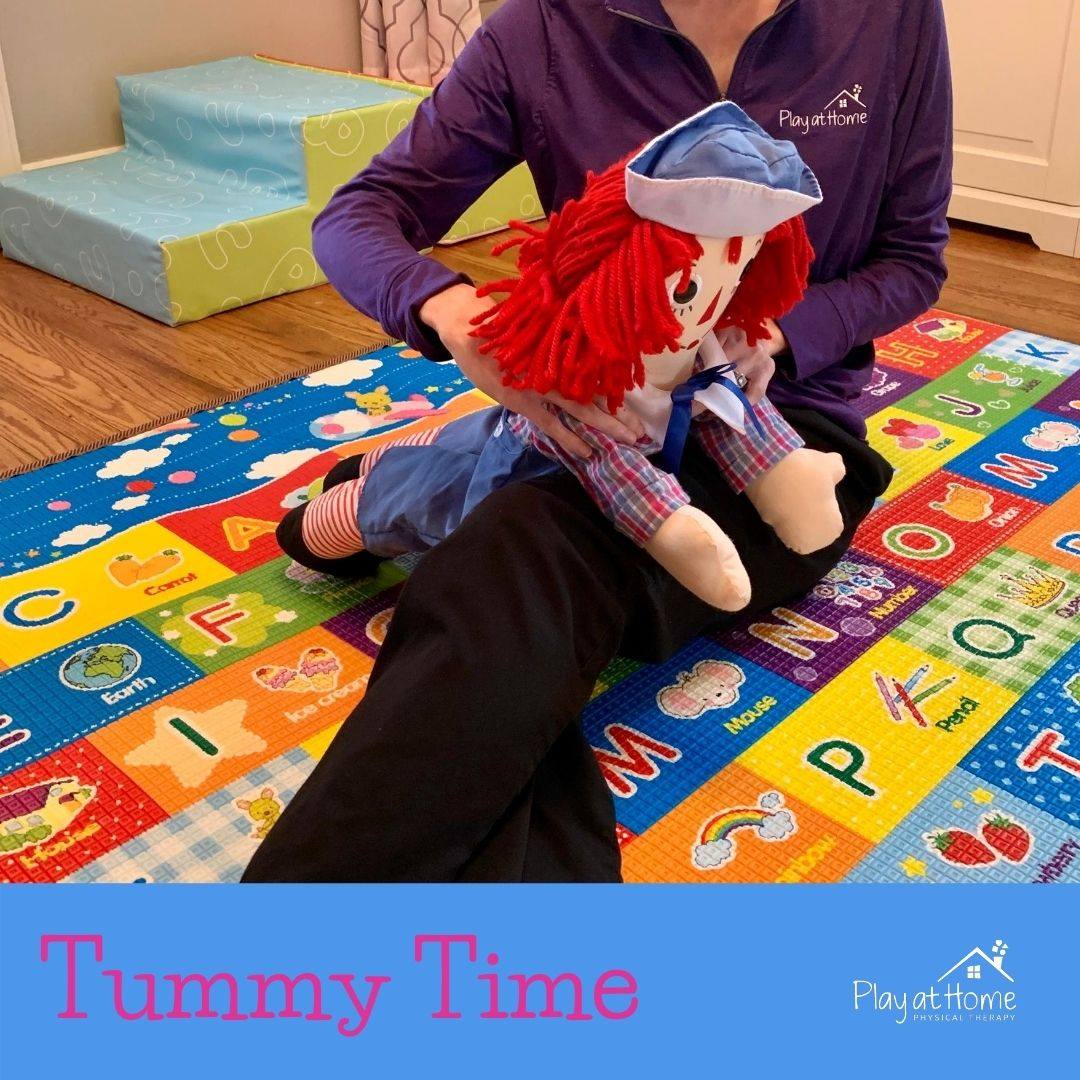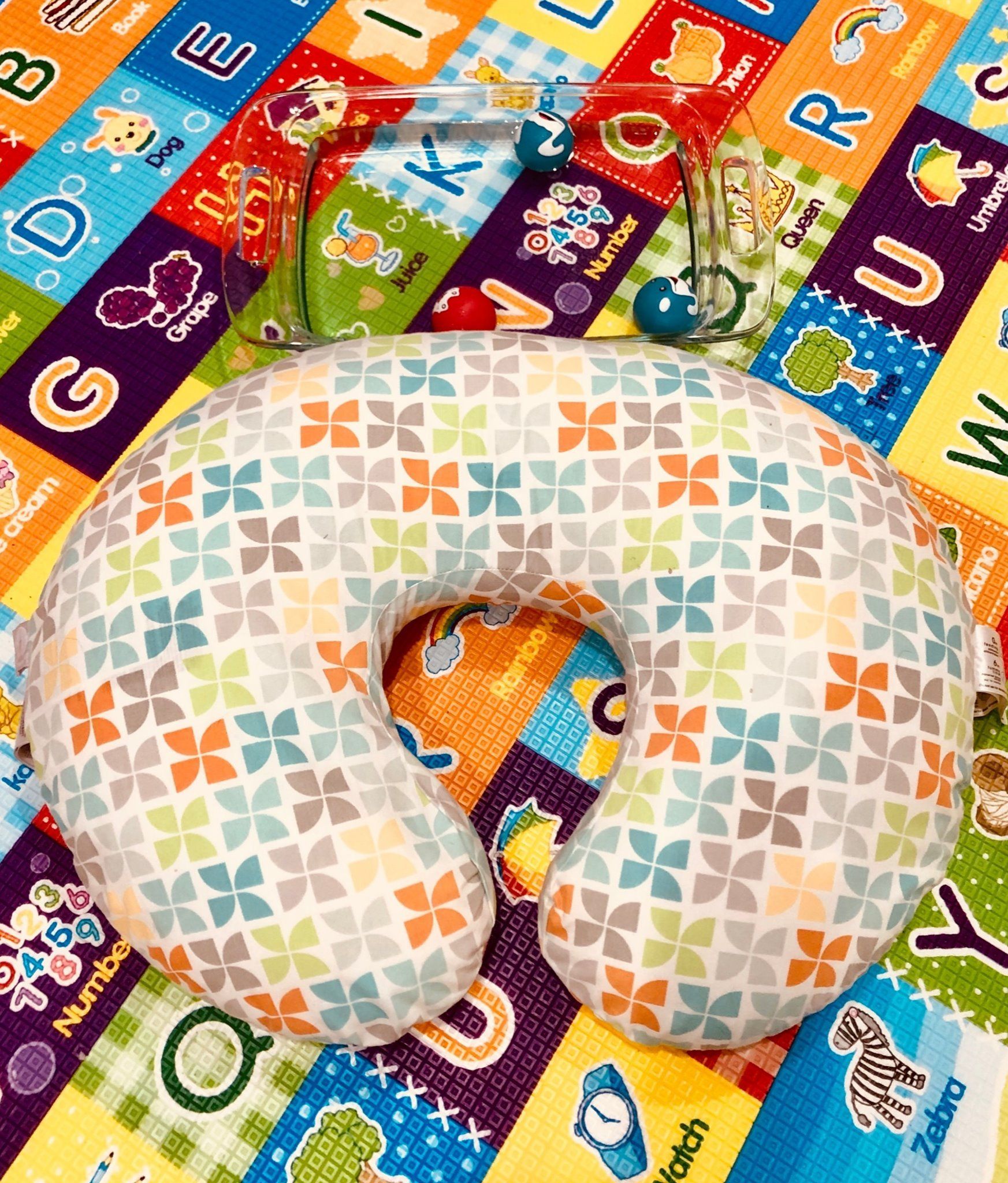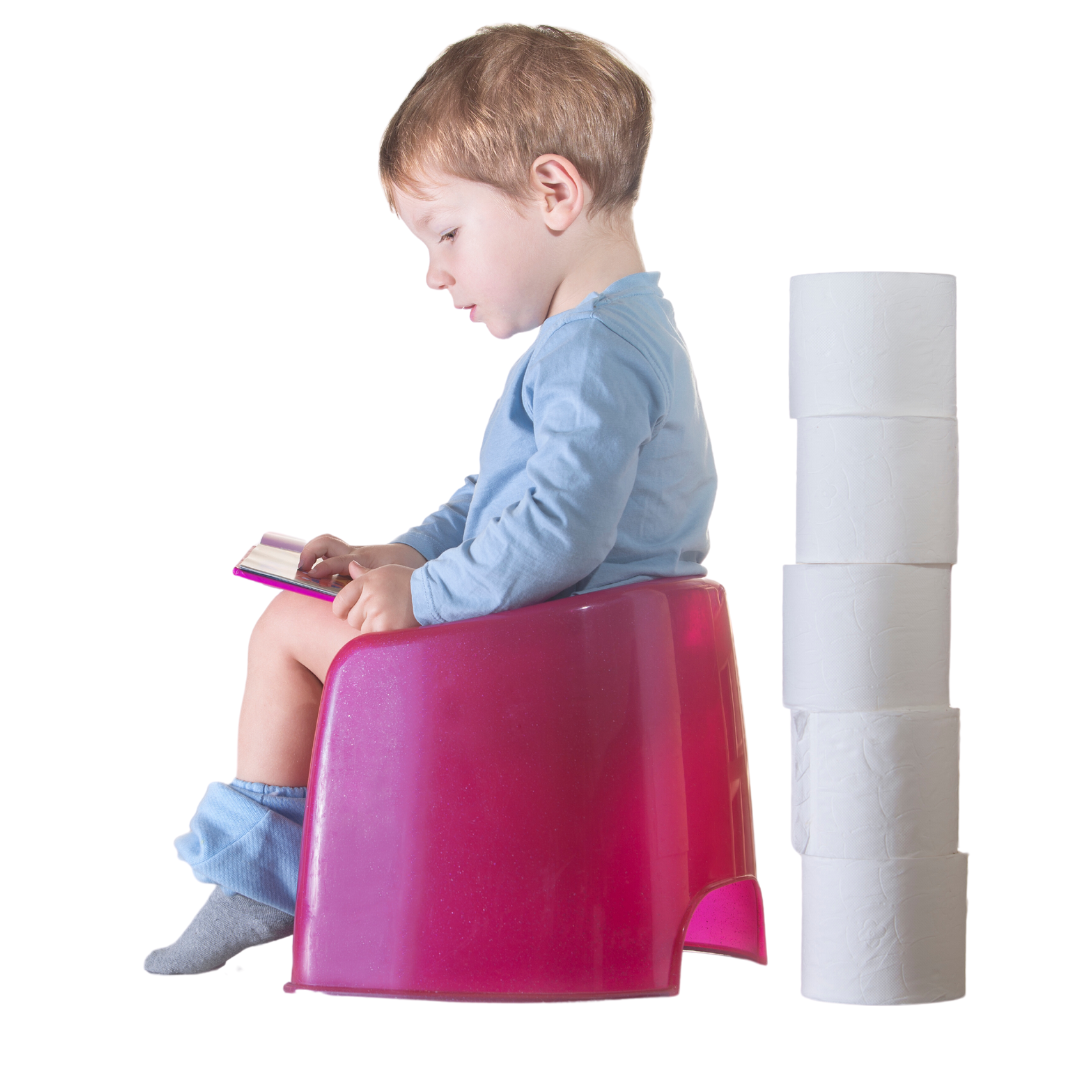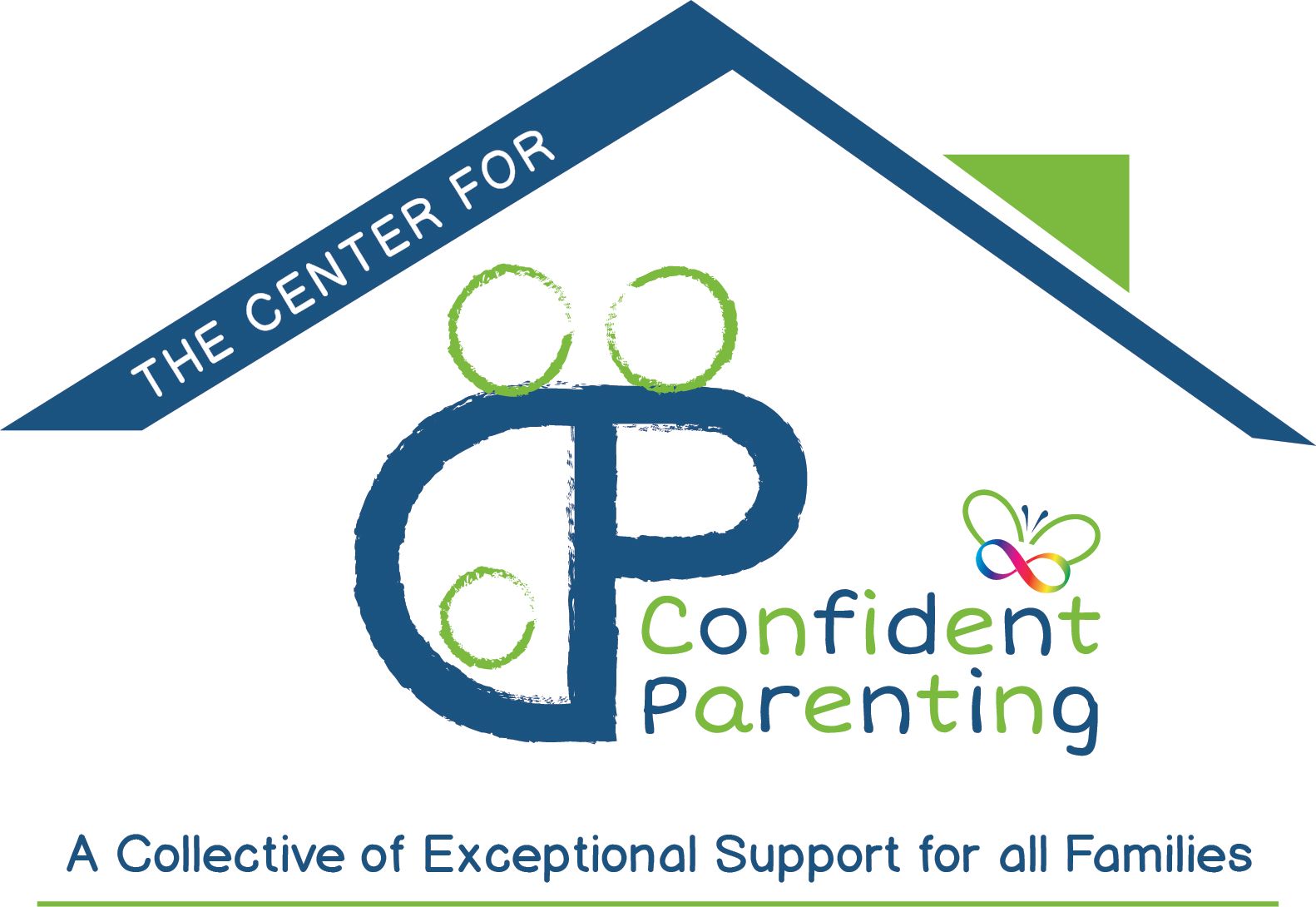*
A head tilt to one side only
*
A head turn preference to one side only (may also see head flattening on the back of the head on this side)
*
Use of one arm more than the other
*
Preference to feed from one side only (breast or bottle)
Below are some of my favorite tips and tricks for treating torticollis that a parent or caregiver can
start right away, even before you see your pediatric PT. You will notice that neck stretches are not included in these tips. I strongly believe that a baby should be evaluated by a practitioner who is skilled in this area
before starting stretches on your own!
Tip #1: Baby turns head side to side
Encouraging baby to actively turn their head to both sides is a great way to help them improve their neck symmetry and flexibility. This activity can be done in any developmental position: on the belly, on the back, on the side, or sitting in your lap facing you. When baby makes eye contact with you, slowly move your face to the right and left and have baby follow your face with their eyes. Be sure to move far enough to each side so baby has to turn their head to keep following you!
If your baby prefers to turn their head to one side only, it is a great idea to practice this more to their non-preferred side. The goal is to promote equal and symmetrical movement in the neck to decrease the head turn preference.
Tip #2: Change the set up of baby’s environment
Environmental set up can be a big factor in treating torticollis. If your baby always has to look in one direction to see a caregiver approaching, or is always facing the same way in the crib or on the changing table, it can contribute to a head turn preference.
To switch things up, place baby in their crib or bassinet in the opposite orientation as their norm so they have to turn their head to the other side to see someone approaching. This can be done on the changing table too, and offers quite an experience for the parent to change your baby’s diaper with your non-dominant hand!
Tip #3: Limit time in containers
Containers are anything that “contains” your baby, and there are no shortage of them! Just a few examples of containers:
Bouncers
Swings
Strollers
Carseats
Sit-me-up and Bumbo seats
Jumpers
Walkers
Exersaucers
Containers became very popular after the Back to Sleep campaign started in the 90’s, when parents were encouraged to place babies on their backs to prevent SIDS. So, many companies decided to make containers to promote babies being on their backs. All that time on the back = more pressure on the very moldable bones of the skull = flat spots.
The problem with containers
is that, in addition to contributing to flat head syndrome and torticollis, they limit free body movement. Limiting free movement of the head, arms, trunk, and legs can hinder typical development.
My gold standard recommendation is to limit time in containers to 30 minutes per day. If families find that to be too challenging at first, I recommend limiting to 15 minutes at a time and not to move from one container right to another. Also, aim to give your baby twice the amount of floor time for play as they spend in containers. I never guilt parents for using containers, but instead, try to empower you to use containers as a tool when you need a break!
Tip #4: Play on side opposite of a flat spot
Torticollis most commonly presents with a head tilt to one side and a head rotation preference to the opposite side. Often, a baby will have flattening on the back of the head on the side of the rotation preference. To help correct the flattening and prevent it from getting worse, place baby in sidelying to play on the side opposite of the flattening. Use a baby mirror, colorful or textured blankets, or musical toys to make it fun. Sidelying is one of my favorite play positions for infants and it is a crucial part of treatment for torticollis and plagiocephaly.
Tip #5: Elevated tummy time
Tummy time is a staple in the treatment of torticollis. It helps to strengthen the muscles of the neck and shoulders, making it easier for baby to lift and turn their head side to side. Young infants tolerate tummy time best in an upright position when they are still building up their tolerance. In an upright position, is it easier for baby to lift the head and chest as compared to being horizontal on the floor because it is a “gravity minimized” position as compared to being horizontal on the floor.
Examples of upright tummy time include:
Over a caregiver’s lap
On a caregiver’s chest or tummy
On a Boppy pillow
Tummy time can start to move toward the floor once your baby is tolerating elevated tummy time and has developed improved neck strength and head control. Letting them practice tummy time in a position that is not as challenging sets them up for success!
I hope these tips will help a parent or caregiver get started on torticollis treatment early, as soon
as they have a concern. As always, it is important to also seek out a pediatric PT who is experienced in treating torticollis and plagiocephaly
to create with a personalized treatment plan for your baby and use skilled handling techniques to lead to the best possible outcomes.
